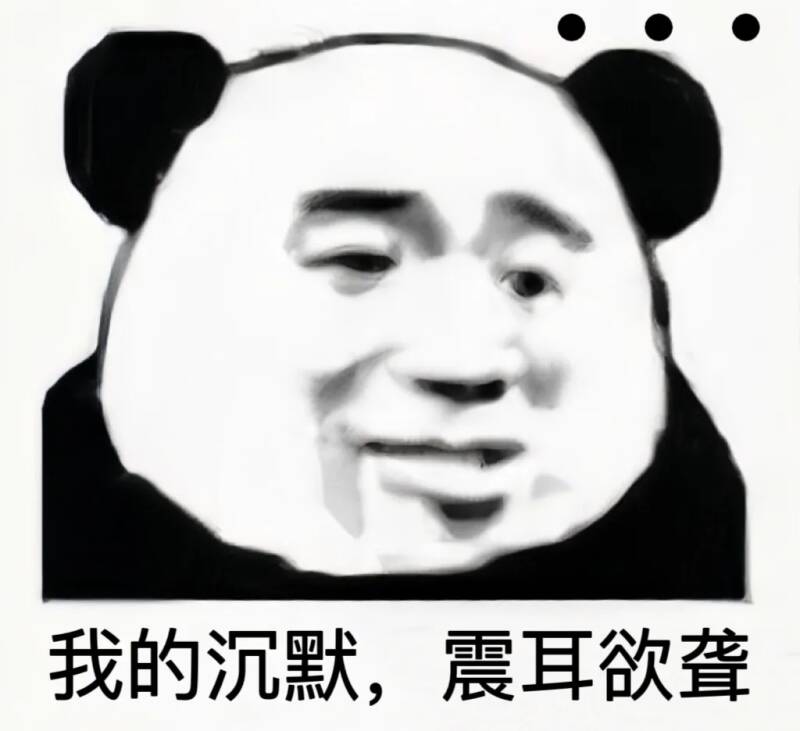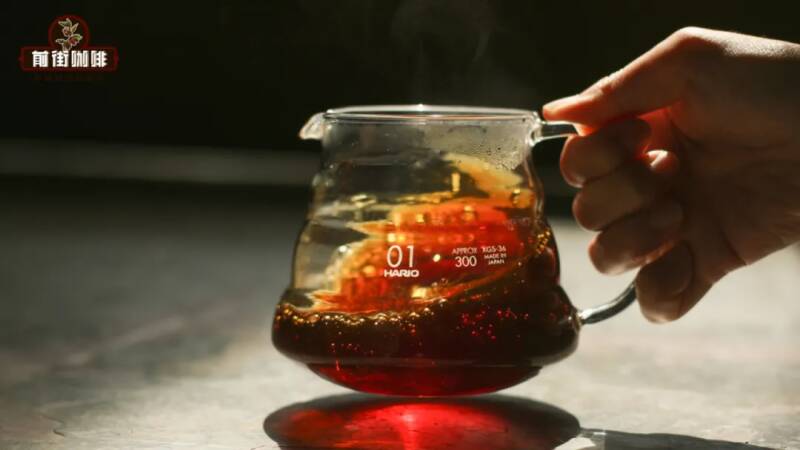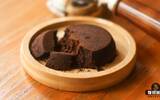Why shake the coffee after making it? Is it the same reason to wake up wine? Why can't you shake espresso?
"in order to let the wine release more aroma and taste better, people will shake the wine to contact the air to change, and this step has a technical term:" sober up ". So, does coffee also need to be 'awake'?" A guest friend said, looking at the coffee shaking in front of the street.

I believe everyone can see such a scene in daily life. Baristas always pick up the sharing pot and shake it vigorously after making the hand. Then pour the shaken coffee into the cup and bring it to the guests to taste. I wonder if any of my friends have ever wondered why baristas always shake after making coffee.

Why do you shake the coffee after brewing it? In fact, Qianjie mentioned in the previous article that after shaking, hand-made coffee can really taste better than not shaking. But the difference between wine and wine is that wine releases aroma substances in the body through contact with the air, while the purpose of shaking coffee is to fuse the coffee liquid! Perhaps many friends do not quite understand this sentence, so we can through a cooking experiment to illustrate this point. The purpose of this brewing experiment is to measure the difference between shaken and unshaken coffee concentration after brewing coffee. The specific method is that when the brewing is over, instead of shaking the coffee, we directly measure its concentration, shake the coffee in the pot after the test is over, and then measure it again to see the difference between the two. The brewing and cooking parameters are as follows: coffee beans are grinded with 10 scales of 15g MagneEK 43, the ratio of powder to water at 1:15, the water temperature is 92 °C, the cooking method is three-stage type, V60 filter cup. Let's just skip the cooking process.
After removing the filter cup, we poured the coffee directly into the concentration meter, and the measured concentration was 1.09%. Then shake it and pour it back into the concentration meter, and the result is 1.21%, which is a completely different result.
The main reason for this is that when we extract coffee, coffee substances will release different amounts at different times, the first period is the peak of substance release, and then with the advance of coffee extraction, the substance will be less and less. You can take a look at the second experiment of this article in Qianjie!
By measuring the powder-to-liquid ratio, Qianjie picked up the dripping coffee liquid with three cups, each cup of 70ml (that is, when the first cup was filled with the target liquid weight, a new cup was replaced). It can be seen that there is a completely different performance in the soup color of coffee. The first cup of coffee is the darkest, the second is the second, and the third is the lightest. In terms of flavor, they also have the same performance, the first cup of coffee is the strongest, the second cup is the second, and the third cup is the thinnest.
So we can know that at the beginning of brewing coffee, the concentration of extracted coffee is the highest, which has something to do with the high extraction efficiency of the previous stage. With the reduction of substances in coffee and the decrease of extraction efficiency, the concentration decreases gradually. Because the quality of the things held by liquids are different, they do not merge after brewing, so we need to shake them after brewing and merge them into a cup of delicious coffee with the right concentration.
It's worth mentioning, but the wobbly way in front of the street is not recommended for all types of coffee, such as espresso. Most espresso can not be evenly blended by shaking, because of the density difference, they need to use strong methods (such as stirring) to blend. Whether it is espresso coffee and fat, or latte milk and concentrate, it is necessary to stir to achieve a uniform fusion effect.
-END-
Front Street Cafe
No. 10 Baoqian street, Yandun road, Dongshankou, Yuexiu district, Guangzhou, Guangdong province
Important Notice :
前街咖啡 FrontStreet Coffee has moved to new addredd:
FrontStreet Coffee Address: 315,Donghua East Road,GuangZhou
Tel:020 38364473
- Prev

This Guangzhou coffee map is worth collecting!
▲ Click attention| Daily Boutique Coffee Culture Magazine Coffee Workshop Recently, the temperature in Guangzhou has risen, and the spring scenery is shining everywhere. It is a good time to go out and have fun. Many coffee lovers will also include checking in at coffee shops in their itinerary plans while traveling together. However, coffee shops are open all over Guangzhou
- Next

How to reduce the channel effect of espresso extraction? What is the difference between pressing powder and cloth powder?
Making espresso coffee is a very healing process. Whether it is the smooth flour after the powder is applied or the golden oil that slowly flows out during extraction, it can make us feel comfortable. Qianjie believes that after the concentration and extraction are completed, the moment when the handle is used to pull out the complete powder cake is the most comfortable ~ just need a gentle "pop"
Related
- What effect does Italian American coffee with filter paper have? Will coffee taste better if it is put on filter paper at the bottom of the powder bowl?
- What is the color difference in coffee beans? What are the characteristics of honey processed coffee beans? Why are the anaerobically treated coffee beans uneven in color?
- How does novice Xiaobai quickly get started and make coffee? Newbies learn to make coffee by hand and share the specific steps and process process!
- Costa tea has a shelf life of 100 years?! Expert: Unable to verify
- It's a huge uproar! American milk addition was rejected by Manner employees?!
- Mocha pot coffee bean recommendations| How fine and how much powder should be used for grinding? What parameter ratios do I need to use to make milk with Mocha pot coffee?
- What are the characteristics of the world's top ten coffee beans treated with Costa Rica honey? How to make black honey kadura from Tarazhu Pilon Processing Plant taste good?
- How to make deep-roasted coffee? What grinding water temperature does authentic Jamaica Blue Mountain No. 1 coffee use to brew it well?
- Selected high-grade rose summer coffee flavor tasting guide Why Panama rose summer has the aroma of flowers and fruits
- What equipment does a novice Xiaobai need to buy to learn to make coffee? Filter cup electronic scale bean grinder manual flushing pot purchase guide

